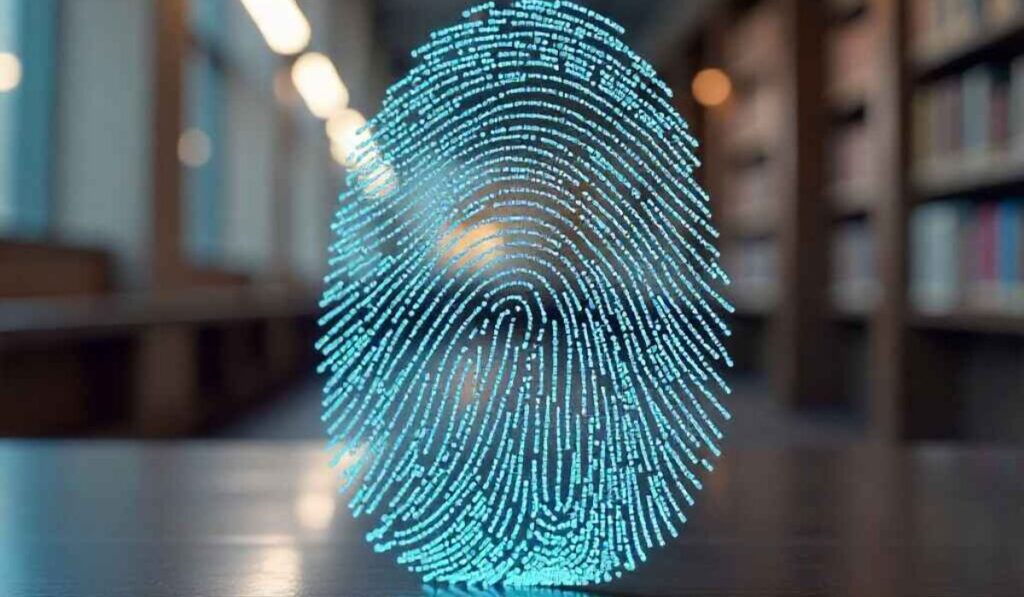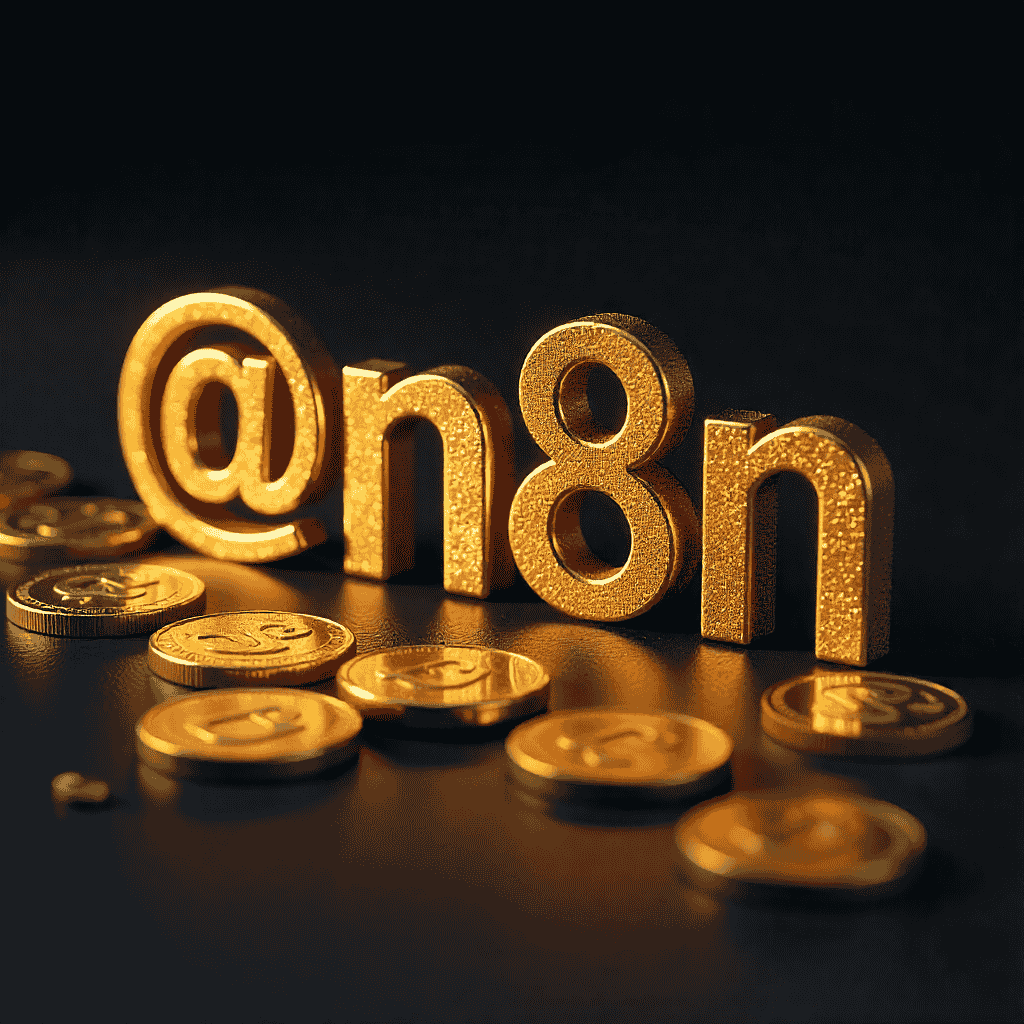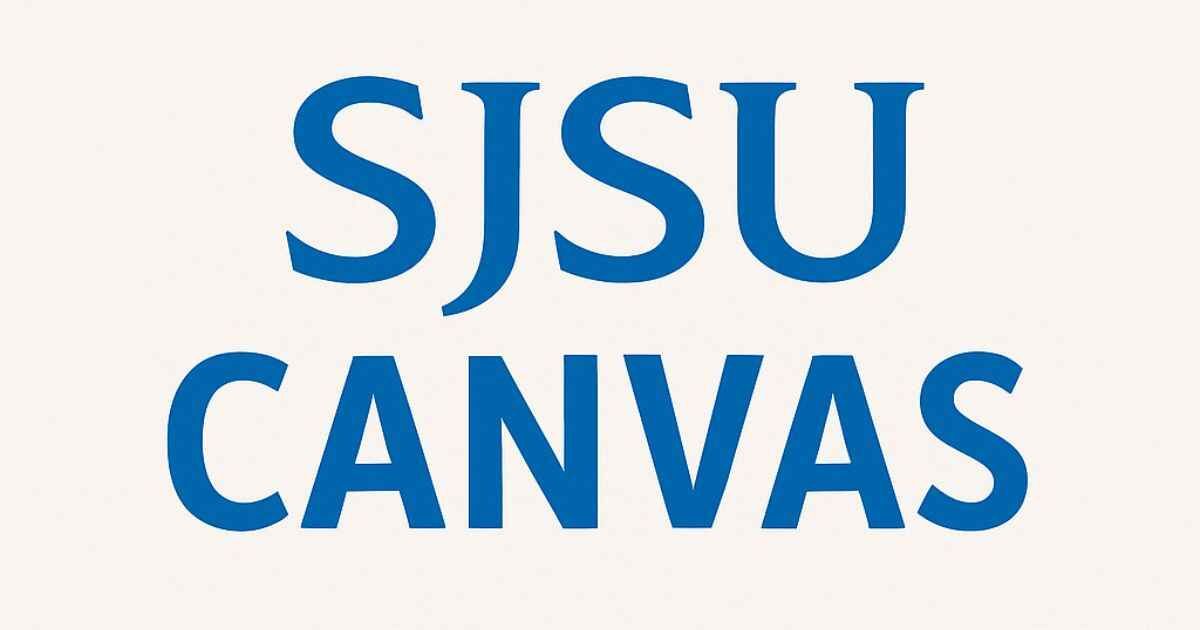Table of Contents
Does Turnitin detect Chat GPT? This is the pressing question on the minds of students, teachers, and even professional writers today. In simple terms, it asks whether Turnitin—the world’s most popular plagiarism checker—can spot content written by ChatGPT.
With AI tools like ChatGPT changing how people write, plagiarism detection matters more than ever. That’s why it’s important to know what Turnitin can actually do, how accurate it is, and whether it always gets it right.
Does Turnitin Detect Chat GPT? The Core Answer
The short answer is Does turnitin detect chat gpt. However, it’s not as straightforward as many people think. Turnitin’s AI detection system was launched in 2023 and is designed to identify text created by tools like ChatGPT, GPT-4, and other AI writers.
Turnitin uses algorithms that analyze writing patterns, sentence structures, and probability scores to determine if text resembles AI-generated content. Unlike standard plagiarism checks, it doesn’t just compare text to published work. Instead, it aims to recognize the “AI writing style.”
Turnitin’s official stance is clear: they claim their system is highly accurate. However, they also acknowledge that no AI detection tool is 100% perfect. This means while many AI essays get flagged, some slip through—and occasionally even human-written work gets wrongly identified.
How Turnitin AI Detection Works (Explained Simply)
To understand Turnitin AI detection, think of it as a smart filter. Instead of merely matching text with online sources, it examines how the text is written.
Here’s a simple breakdown of the process:
- Step 1: A student uploads their essay to Turnitin.
- Step 2: Turnitin checks for plagiarism in the usual way (matching sentences to published sources).
- Step 3: The AI detector runs separately, scanning for signs of AI writing.
- Step 4: It provides a percentage score, indicating how much of the text might be AI-generated.
The key difference between plagiarism detection and AI detection is this: plagiarism checks compare, while AI detection predicts. Plagiarism is about finding matches, while AI detection focuses on identifying writing patterns that don’t seem human.
Real-Life Examples of ChatGPT Detection by Turnitin
There are already many cases of ChatGPT essays being flagged by Turnitin. For example, in 2024, several universities in the U.S. reported that students who submitted AI-written assignments received over 90% AI probability scores. These students faced penalties, ranging from warnings to academic hearings.
However, it’s not always accurate. Some students shared stories online where their original essays were mistakenly flagged as AI. In those cases, Turnitin later admitted that false positives can occur.
On the flip side, there are instances where ChatGPT-generated essays passed Turnitin without being flagged. This shows that while detection is effective, it’s not infallible. For students, this means using ChatGPT is always a gamble.
Accuracy of Turnitin in Detecting AI Writing

When it comes to accuracy rate, the company claims their tool is 98% reliable. However, many independent studies suggest the actual accuracy is lower. Some tests report accuracy rates between 80% and 90%, depending on the type of essay.
The problem lies in false positives and false negatives:
- False Positives: Human-written essays flagged as AI.
- False Negatives: AI-generated text that goes undetected.
Other tools like GPTZero and Copyleaks also operate in this space. While some of them detect ChatGPT well, none are perfect either. Educators often use multiple tools together to confirm results.
From teachers’ perspectives, Turnitin’s AI detection is a helpful tool, but many agree it should not be the sole evidence when accusing a student of using AI.
Can You Bypass Turnitin Detection with ChatGPT?
This is the question many students ask: can you really avoid being caught? The answer is complicated.
Some try methods like:
- Paraphrasing AI text with another tool.
- Editing sentences manually to make them sound more natural.
- Using advanced prompts to guide ChatGPT into writing less “robotic” content.
While these tricks might reduce the chances of detection, they’re not foolproof. There are real cases where students attempted to bypass Turnitin but still got flagged.
The risks are significant. Even if you avoid detection once, you’re taking a chance with your academic record. Getting caught can result in failed assignments, suspension, or worse. In the long run, trying to outsmart AI detectors is rarely worth it.
Ethical and Academic Concerns with Using ChatGPT
The rise of AI in education brings both opportunities and challenges. Teachers see ChatGPT as a powerful tool for learning, but many also view it as a shortcut that can hinder students’ growth.
From a teacher’s perspective:
- AI can be a tool for brainstorming and practice.
- But when used for entire essays, it raises academic honesty issues.
From a student’s perspective:
- ChatGPT reduces workload and stress.
- But it also creates risks of being caught and not mastering the material.
Looking ahead, the future of AI in classrooms will likely focus on balance. Schools may integrate AI as a learning assistant but still enforce rules against full essay submissions written by ChatGPT.
Alternatives to Using ChatGPT for Academic Work
If you’re concerned about avoiding plagiarism in Turnitin, there are safer ways to get help with assignments. Instead of relying solely on ChatGPT, consider:
- Grammarly for grammar and style improvement.
- Research databases like Google Scholar for finding credible sources.
- Citation tools like Zotero or EasyBib for references.
The best strategy is to use ChatGPT as a brainstorming tool, not as a full essay writer. Let it assist you with outlines, topic ideas, or quick summaries, but always write the final version yourself. This keeps your work original and reduces the risk of being flagged.
FAQs
1. Can Turnitin detect paraphrased ChatGPT content?
Yes, in many cases. Even when paraphrased, AI text can still contain patterns that Turnitin detects.
2. How accurate is Turnitin’s AI detection in 2025?
Turnitin claims 98% accuracy, but independent studies suggest 80–90% in real use.
3. What happens if Turnitin flags my essay as AI-written?
Your teacher will review the report. Some schools may ask for proof of authorship, while others may penalize you directly.
4. Which AI tools can Turnitin not detect?
No tool is 100% undetectable. Some advanced prompts reduce detection, but there’s always a risk.5. Is it
5. safe to use ChatGPT for homework or essays?
It’s safe if you use it for brainstorming, outlines, or grammar help—but risky if you submit AI-generated text as your own work.
Conclusion
Does Turnitin detect ChatGPT? The answer is mostly yes, but not always perfectly. Turnitin’s AI detector is advanced and can catch a lot of AI-generated text, but it still makes mistakes both ways.
The key takeaway is this: using ChatGPT as a shortcut is risky. Even if you try to edit or paraphrase, there’s still a chance of detection. On the other hand, using it responsibly—for brainstorming, learning, and polishing—can make it a helpful tool without crossing academic lines.




